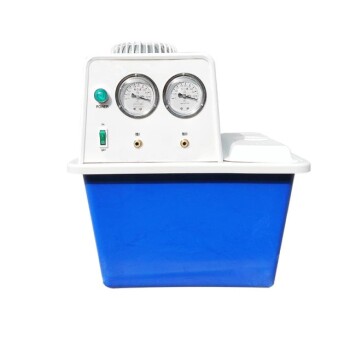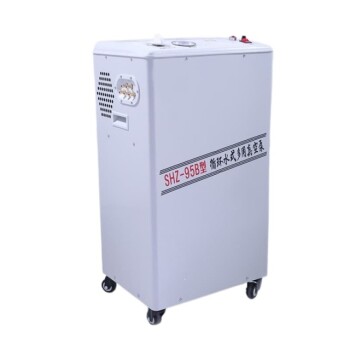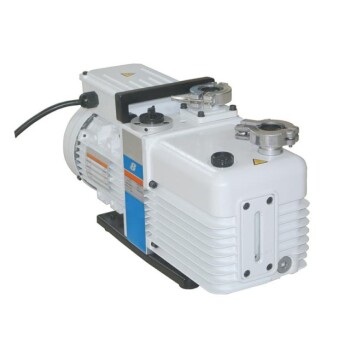Introduction to Laboratory Vacuum Pumps
Applications of Vacuum Pumps in Laboratories
Vacuum pumps are indispensable tools in laboratories, facilitating a wide array of critical processes that would otherwise grind to a halt without them. These versatile devices are integral to numerous laboratory applications, including:
- Aspiration: Utilizing suction to remove gases, fluids, or debris, vacuum pumps are crucial for tasks such as cleaning up spills and isolating specific components post-centrifugation.
- Cell Harvesting: In processes involving the collection of cells from blood or bone marrow, vacuum pumps work in tandem with cell harvesters to ensure efficient and precise cell recovery.
- Concentrators: By combining heat, vacuum, and centrifugal force, concentrators condense and evaporate solvents from analytical and biological samples, with vacuum pumps playing a pivotal role in this process.
- Desiccation: Also known as extreme drying, desiccation relies on vacuum pumps to create a controlled environment for drying materials, ensuring that they are thoroughly dehydrated.
- Filtration: Laboratory vacuum pumps provide the suction necessary for the filtration or aspiration of suspended or liquid samples, enhancing the efficiency of various engineering and research tasks.
In addition to these core functions, vacuum pumps are also essential for:
- Solvent Evaporation Control: By reducing vapor pressure, they facilitate solvent evaporation in devices like concentrators, gel dryers, rotary evaporators, and ovens, ensuring precise control over the process.
- Instrument Sensitivity: Vacuum pumps improve the detection sensitivity of instruments by evaluating air molecules that could potentially contaminate or obscure samples, such as in mass spectrometry.
- Gas Sampling: They collect gas samples from both the atmosphere and test chambers, providing crucial data for various analytical processes.
- Negative Pressure Environments: By creating an environment with a pressure lower than the surrounding standard atmospheric pressure, vacuum pumps prevent the escape of potentially hazardous materials, ensuring safety in the laboratory.
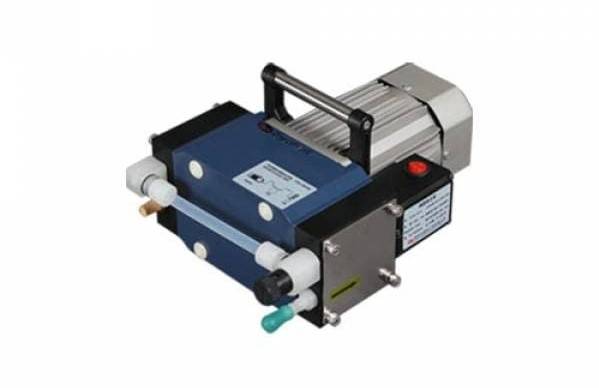
Vacuum pumps are often integrated with instruments like scanning electron microscopes, mass spectrometers, glove boxes, lyophilizers, and gas chromatographers, supporting their functionality and enhancing their performance. Despite their critical role, many users remain unaware of their presence until a failure occurs, underscoring the importance of their seamless operation.
Maintenance and Safety Guidelines
Proper Use and Maintenance of Oil Pumps
When operating an oil pump, meticulous maintenance is crucial to ensure its longevity and optimal performance. Key maintenance practices include the use of alkali traps and cold traps, which help in preventing contaminants such as water, solvents, and acids from entering the pump oil. The presence of excessive solvents in the oil can lead to significant damage, resulting in a reduction of the pump's vacuum efficiency.
To prevent such issues, it is advised to avoid prolonged continuous operation of the pump. Running the pump for extended periods without a break can lead to overheating and subsequent degradation of the oil's quality. Therefore, it is recommended to schedule regular intervals of rest for the pump, allowing it to cool down and maintain its operational integrity.
Over time, even with proper maintenance, the vacuum efficiency of the pump may decline. This degradation is often due to the gradual breakdown of the oil, which accumulates contaminants and loses its effectiveness. When this occurs, timely oil replacement is essential. Failing to change the oil can exacerbate the problem, leading to more severe damage and potentially hazardous conditions.
In summary, regular maintenance and timely oil changes are non-negotiable practices for the proper use of oil pumps. These measures not only extend the lifespan of the equipment but also ensure consistent and safe operation, thereby preventing costly repairs and potential safety hazards.
Incident Description
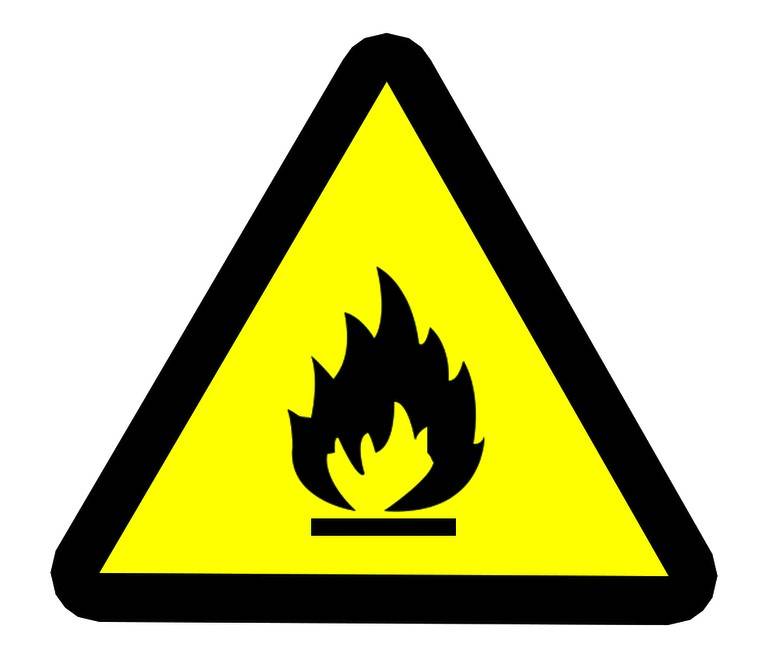
Event Triggered by a Graduate Student
A new graduate student, eager to contribute and maintain the lab's equipment, decided to change the oil in the vacuum pump as part of the routine lab cleanup. This seemingly simple task, often overlooked in terms of its potential hazards, would soon escalate into a critical safety incident. The student, unaware of the intricacies involved in handling such equipment, proceeded without consulting the lab's safety protocols or seeking guidance from more experienced colleagues. This decision, driven by a commendable sense of responsibility, would inadvertently set the stage for a dangerous and avoidable accident.
Details of the Fire Incident
When the student drained the pump oil, which was heavily contaminated, another graduate student recommended flushing the chamber with a solvent. The student then poured pentane solvent into the chamber and activated the pump to flush it. Suddenly, a massive fireball erupted from the pump. Co-workers, witnessing the sudden blaze, immediately rushed to the scene.
Fortunately, the fire was a flash fire, and the graduate student escaped without burns. No fire extinguisher was needed, as the fire was brief and self-extinguished. This incident underscores the critical importance of understanding the properties of solvents and the potential hazards associated with their use in laboratory settings.
Pentane, a highly flammable solvent with a boiling point of 36 °C and a flash point of -49 °C, can form explosive vapors at room temperature. When introduced into a hot chamber, such as one that has been recently used, these vapors can ignite almost instantaneously, leading to a flash fire. This rapid ignition highlights the necessity for strict adherence to safety protocols and the avoidance of potentially hazardous procedures without proper training and supervision.
Root Cause Analysis
Incorrect Oil Change Procedure
In fact, the root cause of the incident was the graduate student's improper oil change procedure and lack of experience in handling and maintaining oil pumps. Pentane, the solvent used, is highly flammable, with a boiling point of just 36 °C and a dangerously low flash point of -49 °C. This means it can ignite at temperatures far below room temperature. The solvent's high vapor pressure at ambient conditions exacerbates the risk, as it readily forms a volatile vapor when exposed to heat.
When pentane was poured into the oil chamber, which could still have been warm from the pump's operation, it instantly created a large cloud of flammable vapor. The moment the electric motor was activated, the sparks generated by the motor ignited this vapor, resulting in a flash fire. This sequence of events underscores the critical importance of understanding the properties of solvents and the potential hazards associated with their use in laboratory settings.
To prevent such incidents, it is essential to follow strict safety protocols and to be well-versed in the handling of all chemicals, especially those with volatile and flammable properties. Proper training and adherence to established procedures can significantly mitigate the risks involved in routine maintenance tasks like oil changes.
Correct Procedures for Oil Change
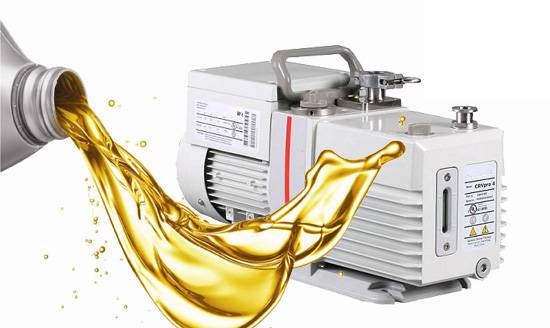
Step-by-Step Guide for Safe Oil Change
Changing the oil in a laboratory diaphragm vacuum pump requires careful attention to detail to avoid hazards such as the fire incident described. Here’s a detailed, step-by-step guide to ensure a safe oil change:
-
Drain the Old Oil: Begin by safely draining the old, used oil from the pump. This ensures that the contaminants and degraded oil are removed, which can affect the pump's performance and longevity.
-
Add Pump Oil: After draining, add a small amount of fresh pump oil. This temporary oil will help in the next steps to flush out any remaining contaminants.
-
Run the Pump: Turn on the pump and let it run for a short period. This circulates the temporary oil through the system, helping to dislodge and carry away any residual contaminants.
-
Cycle and Drain: Cycle the pump for a few minutes to ensure thorough circulation. Then, drain the fluid that has circulated. This step ensures that the majority of the contaminants are removed before adding the new oil.
-
Add New Oil: Finally, add the new, clean oil to the pump. This fresh oil will provide optimal performance and protect the pump from wear and tear.
Regular maintenance, such as changing the pump oil every six months, is crucial if the pump is used carefully. This practice ensures that the pump operates efficiently and safely, reducing the risk of incidents like the one described.
Related Products
- Laboratory Benchtop Water Circulating Vacuum Pump for Lab Use
- Laboratory Vertical Water Circulating Vacuum Pump for Lab Use
- Laboratory Rotary Vane Vacuum Pump for Lab Use
- Molybdenum Vacuum Heat Treat Furnace
- Vacuum Cold Trap Chiller Indirect Cold Trap Chiller
Related Articles
- Step-by-Step Guide to Operating a Short Path Distillation Apparatus
- How to Choose and Optimize Water Circulating Vacuum Pumps for Your Lab
- A Step-by-Step Guide to Using a Rotary Vacuum Evaporator for Solvent Removal
- The Importance of Water Distillation in the Laboratory: Ensuring Purity and Quality for Accurate Results
- Water Circulating Vacuum Pumps: A Practical Guide for Laboratory Applications

